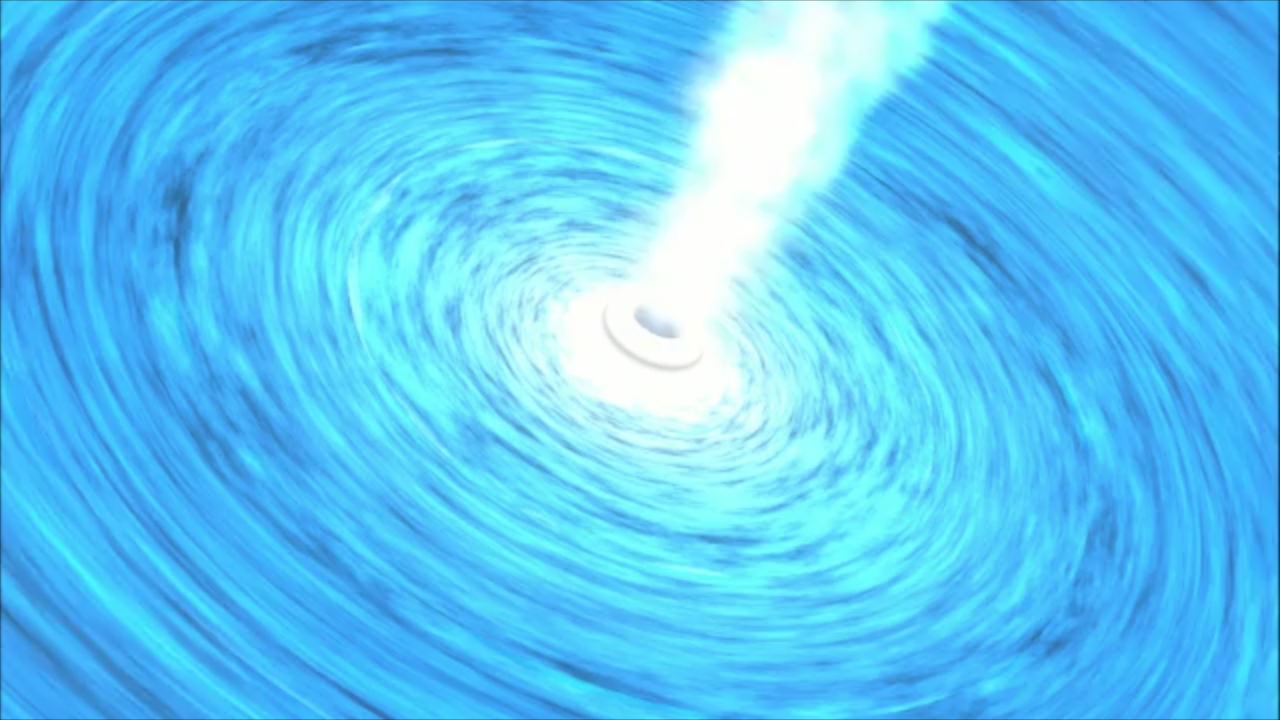1 min read
Multi-panel Image of 3C 321

About the Object
- R.A. PositionR.A. PositionRight ascension – analogous to longitude – is one component of an object's position.15h 31m 43.4s
- Dec. PositionDec. PositionDeclination – analogous to latitude – is one component of an object's position.24° 4' 20.0"
- ConstellationConstellationOne of 88 recognized regions of the celestial sphere in which the object appears.Serpens
- DistanceDistanceThe physical distance from Earth to the astronomical object. Distances within our solar system are usually measured in Astronomical Units (AU). Distances between stars are usually measured in light-years. Interstellar distances can also be measured in parsecs.Approximately 1.25 billion light-years (380 million parsecs) away.
About the Data
- Data DescriptionData DescriptionProposal: A description of the observations, their scientific justification, and the links to the data available in the science archive.
Science Team: The astronomers who planned the observations and analyzed the data. "PI" refers to the Principal Investigator.The science team comprises: D. Evans, W.-F. Fong, J. Lee, and R. Kraft (Harvard-Smithsonian Center for Astrophysics), M. Hardcastle and J. Croston (University of Hertfordshire, U.K.), D. Worrall and M. Birkinshaw (University of Bristol, U.K.), and T. Muxlow (MERLIN/VLBI National Facility, Jodrell Bank Observatory, University of Manchester, U.K.). - InstrumentInstrumentThe science instrument used to produce the data.VLA>Radio, MERLIN>Radio, SST>IRAC, HST>WFPC2, HST>STIS, and CXO>ACIS
- Exposure DatesExposure DatesThe date(s) that the telescope made its observations and the total exposure time.April - December,1986 (VLA); April 30 and August 12, 1995 (WFPC2); June 5, 2000 (STIS); April 30, 2002 (ACIS); March 27 (IRAC) and June 20, 2005 (MERLIN)
- FiltersFiltersThe camera filters that were used in the science observations.VLA: 1.5 and 5 GHz MERLIN: 1408 and 1658 MHz IRAC: 3.6-8 microns WFPC2: F702W and FR533NR [O III] STIS: NUV-MAMA ACIS: 0.3-8KeV
- Object NameObject NameA name or catalog number that astronomers use to identify an astronomical object.3C 321
- Object DescriptionObject DescriptionThe type of astronomical object.Active Galaxy
- Release DateDecember 17, 2007
- Science Release“Death Star” Galaxy Black Hole Fires at Neighboring Galaxy
- Credit

This image is a composite of many separate exposures made by several of the instruments listed above. The color results from assigning different hues (colors) to each monochromatic image. In this case, the assigned colors are: Purple (X-ray): 0.3-8KeV Red (UV): NUV-MAMA Golden orange (Optical): F702W + FR533NR [O III] Blue (Radio): 1.5 and 5 GHz + 1408 + 1658 MHz
Related Images & Videos

3C 321: Galaxy Fires at Neighboring Galaxy
This composite image shows the jet from a black hole at the center of a galaxy striking the edge of another galaxy, the first time such an interaction has been found. In the image, data from several wavelengths have been combined. X-rays from Chandra (colored purple), optical...

Animation of Galaxy 3C 321
This animation of 3C 321 begins with a close-up of the supermassive black hole in the center of the main galaxy. Hot gas is falling towards the black hole via a blue disk. Some of this material is swallowed by the black hole, but much of it is ejected in a narrow jet of...
Share
Details
Claire Andreoli
NASA’s Goddard Space Flight Center
Greenbelt, Maryland
claire.andreoli@nasa.gov





























